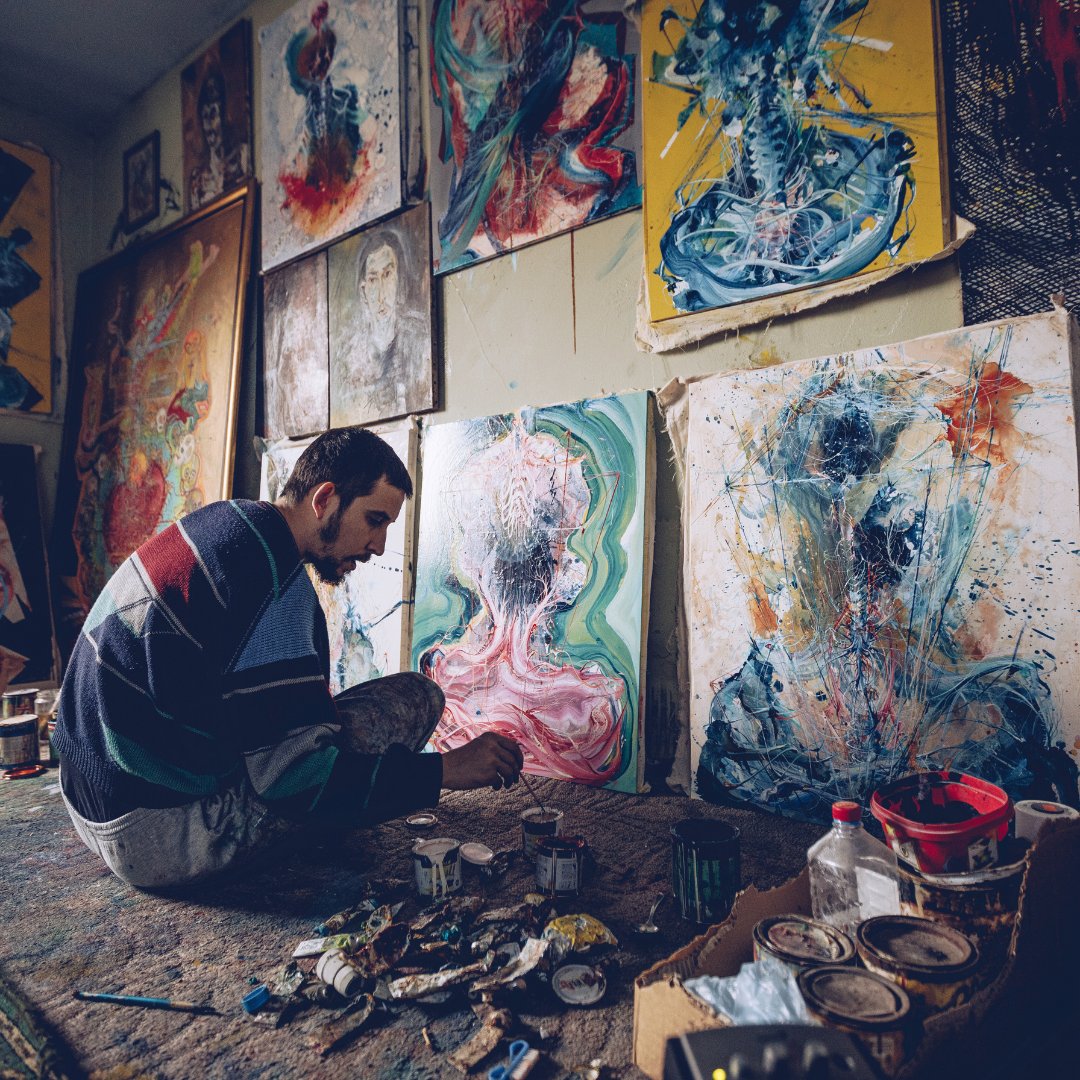Every artist encounters failure at some point in their creative journey. Embracing failure is essential for growth, as it offers valuable lessons that can shape an artist’s future work and enhance their creativity. Rather than viewing setbacks as negative experiences, artists can choose to see them as opportunities for exploration and refinement.
In the pursuit of artistic expression, failure often leads to unexpected breakthroughs. When artists learn to accept and analyse their mistakes, they cultivate resilience and a deeper understanding of their craft. This mindset allows them to push boundaries and unlock new avenues for creativity.
Ultimately, every artist benefits from recognising that failure is not an end but a vital part of the artistic process. Accepting and learning from these moments can transform their approach and lead to greater artistic fulfilment.
The Role of Failure in Artistic Growth
Failure plays a crucial role in the artistic journey, offering invaluable lessons and fostering resilience. Embracing setbacks can lead to profound growth and enhanced creativity, allowing artists to innovate and evolve in their craft.
Transforming Setbacks into Progress
When artists encounter failure, they often face significant challenges that test their commitment. Instead of viewing these moments as drawbacks, they can be transformed into opportunities for learning.
Key aspects include:
- Analysis: Understanding what went wrong helps refine techniques and approaches.
- Iteration: Using feedback to create new versions can lead to unexpected breakthroughs.
- Motivation: Each setback can reignite passion, prompting artists to push boundaries.
Learning from failure can cultivate a more robust practice, enabling artists to navigate future obstacles with greater confidence.
Fostering a Growth Mindset
A growth mindset is essential for artists to thrive in the face of adversity. This perspective encourages individuals to see their abilities as developable through dedication and effort.
Elements of a growth mindset include:
- Resilience: Artists learn to bounce back from criticism and setbacks.
- Openness to Learning: Accepting that failure is part of the process encourages continuous improvement.
- Creativity: Constraints and failures can lead to innovative approaches and ideas.
By fostering this mindset, artists empower themselves to embrace challenges, leading to lasting growth and ultimately, success in their work.
Embracing Risk and Vulnerability
Artists often navigate a landscape defined by uncertainty. Engaging with risk and vulnerability can be pivotal in fostering innovation and strengthening an artistic identity. By confronting the fear of failure, creators open themselves to new avenues of inspiration and growth.
Overcoming the Fear of Failure
Fear of failure can paralyse creativity and inhibit artistic expression. Many artists worry about negative judgment or the implications of producing work that doesn’t meet their expectations.
To overcome this fear, they must shift their perspective. Viewing failures as opportunities for learning can transform their approach to art. By embracing mistakes, artists develop resilience, which is essential for growth.
Candidly sharing these failures with others can also foster community and connection. Artists can find strength in vulnerability, as this often resonates with audiences.
Risk as a Catalyst for Creativity
Taking risks plays a crucial role in stimulating creativity. When artists step outside their comfort zones, they explore uncharted territories of their craft. This exploration leads to unique and innovative expressions.
Engaging with risk often results in unexpected discoveries. An experimental technique or unfamiliar medium can yield fresh perspectives, enhancing artistic identity.
Furthermore, successful artists understand that their most impactful works often emerge from their willingness to confront uncertainty. By prioritising risk-taking, they create an environment conducive to genuine creativity and experimentation.
Resilience and Persistence in the Creative Process
Resilience and persistence play crucial roles in an artist’s journey. Embracing setbacks as learning experiences can foster growth and innovation. Artists who cultivate these traits can navigate the challenges inherent in the creative process.
Building Resilience through Challenges
Resilience emerges from confronting challenges head-on. Setbacks often test an artist’s resolve, but these trials sharpen their skills and deepen their understanding of their craft. By acknowledging failures, they can reflect on what went wrong and identify areas for improvement.
For instance, an artist may face criticism on a project. Instead of viewing this as a personal failure, they can analyse feedback to refine their technique. This approach transforms negative experiences into stepping stones towards success, enriching their creative process.
Practising resilience means maintaining a positive mindset amidst difficulties. Artists can adopt techniques such as mindfulness and self-compassion, which support emotional well-being. Each setback becomes a chance to grow stronger and more adaptable, essential traits for long-term success.
The Power of Persistence in Overcoming Failure
Persistence is vital when artists encounter obstacles. The creative process often involves trial and error, and refusal to give up can lead to breakthroughs. An artist’s determination to keep creating, despite challenges, fuels innovation.
When faced with repeated failures, persistence allows artists to continue experimenting. This relentless pursuit of improvement can yield unexpected outcomes, often surpassing initial expectations. By revisiting and reworking ideas, artists can refine their vision and capabilities.
Moreover, celebrating small victories along the way enhances motivation. Artists should recognise incremental progress, fostering a sense of achievement. This combination of persistence and resilience not only drives them forward but also enriches their artistic journey.
Cultivating Community and Self-Care
Building a supportive community and practising self-care are essential for artists. These elements help foster resilience and provide a nurturing environment for growth. Embracing failure can be more manageable with the right support system and a healthy approach to personal well-being.
The Importance of Supportive Communities
Supportive communities offer artists a space to share experiences and feelings related to failure. Engaging with fellow creators can provide validation and encouragement.
Benefits of Community Support:
- Networking Opportunities: Connecting with others can lead to new collaborations and projects.
- Emotional Support: Sharing struggles can alleviate isolation.
- Constructive Feedback: Input from peers can refine artistic vision and enhance skills.
Such environments cultivate learning opportunities where artists can learn from each other’s failures and successes. A strong community also enhances resilience, helping individuals to navigate challenges with greater ease.
Self-Care and Sustaining Artistic Vision
Self-care plays a crucial role in maintaining an artist’s vision. It encompasses physical, emotional, and mental wellbeing, all of which are vital after facing artistic setbacks.
Strategies for Effective Self-Care:
- Set Boundaries: Protecting personal time is essential for creative rejuvenation.
- Mindfulness Practices: Techniques such as meditation and journaling can enhance self-awareness.
- Physical Activity: Engaging in regular exercise can boost mood and creativity.
By integrating self-care routines, artists can recharge and refocus. This enables them to approach their work with renewed energy, helping to transform failure into a learning experience that enhances their artistic journey.



